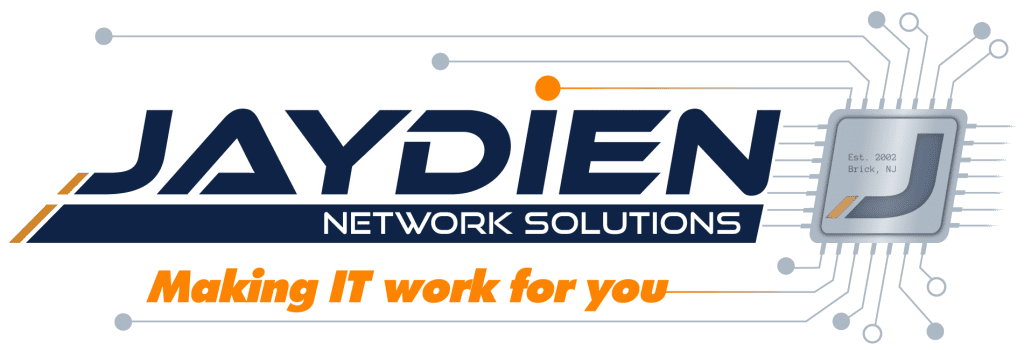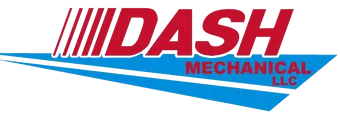Why Your Business Needs Structured Network Cabling in NJ
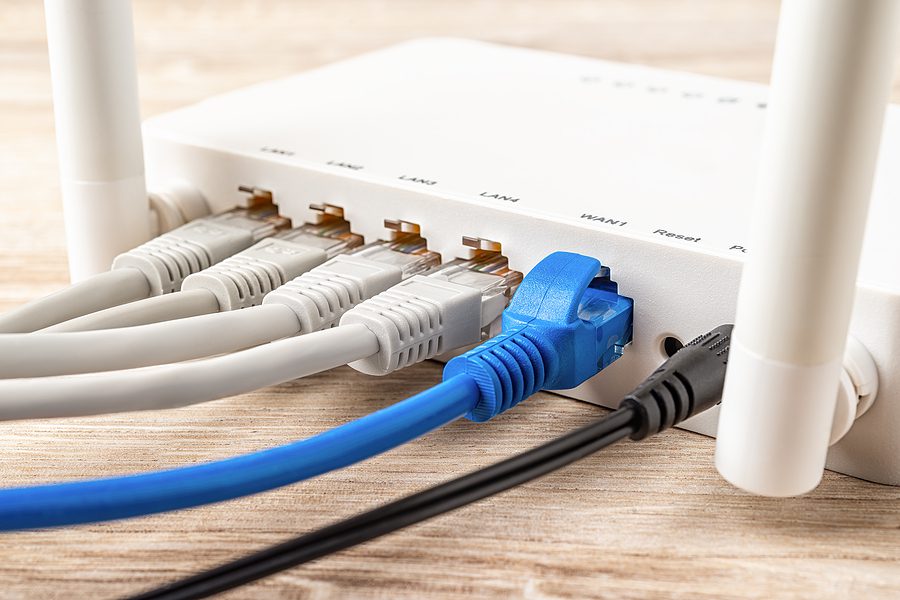
It feels like every time we blink a new technology has been reimagined wire-free. Most, if not all of our everyday devices, communicate with one another through wi-fi or Bluetooth. The latest cell phones don’t have headphone jacks, and most late model cars come equipped with wireless charging pads.
So we’re never surprised when we walk into a new customer’s office and find that the one area of the business that’s been most overlooked is the wiring.
Don’t get me wrong, I love that we’re transitioning into a cable-free world. I’m all for it, there’s nothing I’ll miss about tangled heaps of wires.
The novelty of a landline’s twisted phone cord snaking itself around the house as a distracted speaker walks from room to room does make for great cinema, but the wireless revolution is more than welcome to keep barreling on.
There’s just one problem: Despite the obvious advantages, wireless connectivity does still come with notable flaws.
I already mentioned that the latest cell phones don’t have headphone jacks, so let’s use that as an example. Most consumer headphones and headsets sold today can connect to our devices wirelessly, so our cell phones no longer need audio jacks. But studio headphones – headphones engineered for maximum clarity and used in professional applications – are still wired.
You can charge your tablets, phones, and smartwatches wirelessly, but wireless charging for laptops is still extremely rare. Laptops aren’t much bigger than tablets, but they have larger batteries that get hotter and draw more power, so we haven’t managed to figure out how to safely and inexpensively engineer them for wireless charging yet.
And remember those cup-on-a-string “phones” kids used to make? Well, according to Science, they really do work!
The point I’m trying to make is that a wireless connection – however preferred – is still only a convenience. To maximize the consistency and the quality of any connection, you use a physical wire.
This brings me to this week’s topic: structured network cabling in NJ.
I know that wired technology is very old news. In fact, the RJ45 connector used by ethernet cables is actually older than I am. So why write an entire blog post about network wiring?
This isn’t a matter of burying our heads in the sand. All businesses should be hardwired for ethernet, and that’s a hill we’re willing to die on. Read on and you’ll understand why.
What is Structured Network Cabling?
“A complete system of cables, wires, and related hardware that interconnect all of the communication systems within an organization’s network infrastructure.”
Easy enough to understand.
Your structured network cabling system begins at your service provider’s demarcation point.
“The demarcation point is the dividing line where your service provider’s equipment connects with your own. This point determines who is responsible for the installation and maintenance of cabling and hardware. Equipment located before the “demarc” is the service provider’s responsibility. Equipment located past the demarc is your responsibility.” – Verizon Fios
Every office is different, and every network is different. But for the sake of argument, your demarcation point is going to be your internet service provider’s modem. That’s what’s bringing in your internet signal; that’s your gateway to the internet.
Even though you’re paying your VoIP phone company for your phone service, and you’re paying Microsoft for your Office 365 service, they’re all transmitting over your internet connection. The same goes for all of your communication systems – your phones, computers, software services, printers, servers, surveillance cameras, wi-fi boosting access points, your door’s access controls, etc. They all require an internet connection to operate and interconnect with one another.
Now consider the fact that no matter how fast your internet plan is, what’s beyond the demarc point is what will ultimately dictate your experience.
That’s one of the biggest reasons structured network cabling in NJ is so important for businesses. You could have Verizon Fios’ fastest internet plan, but if all of your communication systems are linked by old cables or spotty wi-fi, you’re not going to reap the benefits.
What Are The Components Involved?
I already mentioned the modem, that’s what’s bringing in your internet signal, and everything beyond that point is your responsibility.
Network Switches – A multi-port network bridge that connects devices in a network to each other, allowing them to “talk”.
We connect your modem directly to your network switch. Network switches come in varying sizes depending on the number of ports you need. Every device – computers, printers, access points, etc. – should have its own dedicated port on your network switch.
Patch Cables & Patch Panels –

A patch panel is a mounted hardware assembly made up of electrical sockets, used to connect and manage incoming and outgoing cables.
Patch cables are the short cables that link your patch panel to your network switch.
Now, you might be thinking – “why would I need a patch panel?”. “Can’t I just run a cable from my device directly to my network switch?” Yes! Yes, you can. But you shouldn’t.
Think about how many devices in your office will need a dedicated line and you’ll quickly realize why. Patch panels are all about organization and mitigation of downtime. Every device gets its own cable, and every individual port is labeled, so tracing the origin of a problem is a sinch. No guessing required.
How To Determine What You’ll Need
All installations of structured network cabling in NJ are ad hoc – that is, they’re always specifically tailored for your business. You can’t just get on Amazon and buy a “one size fits all” kit, but you wouldn’t want to.
The devices you use, the size and layout of your office, the type of ceilings and walls in your office, your budgetary restraints, and your existing cabling are just some of the factors we’ll need to know to determine how your structured cabling system will be set-up and priced.
Designed To Scale
A well-organized and future-proofed cabling system can help your business scale.
The most popular Ethernet cables used in structured cabling installations today are Cat5e and Cat6 cables. Both can transmit at speeds of up to 1 gigabyte/second. The fastest internet plans currently available also max out at speeds of up to 1gigabyte/second.
But Cat5e and Cat6 cables have been widely available for over 20 years now.
That means that even though internet plans were decades away from being able to push these cables to their maximum, they were still available and widely used.
Cat7 and Cat8 cables are now available, and able to transmit at speeds of up to 10Gb/ps and 40Gb/ps, respectively. If you want to future-proof even further, consider fiber optic cables. They are still very expensive, but some can max out at speeds of up to 100Gb/ps!
So you can very easily future-proof structured network cabling systems in NJ by simply choosing to use the fastest cable currently available.
And the more cables you run, the more devices you’ll be able to seamlessly integrate into your system in the future.
Reduce Downtime, Increase Reliability
Wireless networks are prone to a variety of connectivity issues. They’re also very susceptible to interference. Ever have to carry your laptop around a room until you found the corner with the best signal? Ever own a wireless router that you have to reset multiple times a day because your signal keeps dropping off?
Wireless connectivity is great, but again, it should be seen as a convenience. Signals can be drastically affected by brick or metal walls, floors, and other devices, to name a few.
Radio waves will never be able to offer you the same reliability that a direct connection will.
Increase Your ROI
A well-designed structured network cabling system can save you a lot of money in the long run.
You’ll spend less on future maintenance costs because your techs won’t have to waste time pulling and tracing wires. As a result, you’ll also decrease your network’s overall downtime, increase its overall reliability, and make it easier to identify and fix future issues.
You’ll need to replace hardware less often because you’ll be maximizing the performance of the hardware you already own.
And if done right, any future additions you make to your network will integrate more easily, saving you time and money on service.
Aesthetically Pleasing
I know this won’t be a draw for everyone, but we think it’s a huge factor.
An organized, well-planned cabling system just looks more professional and sends the message that you’re willing to invest in your business’s ability to offer your customers the best possible service.
Safety
This one’s also pretty self-explanatory, but in addition to being unsightly, tangled cables can create huge safety hazards.
Health and safety are paramount to any workplace. A structured network cabling system in NJ reduces trip and fall hazards created by unorganized cabling systems. You’ll also reduce the likelihood of fires and electrical shocks by neatly and safely tucking away all of your cables.
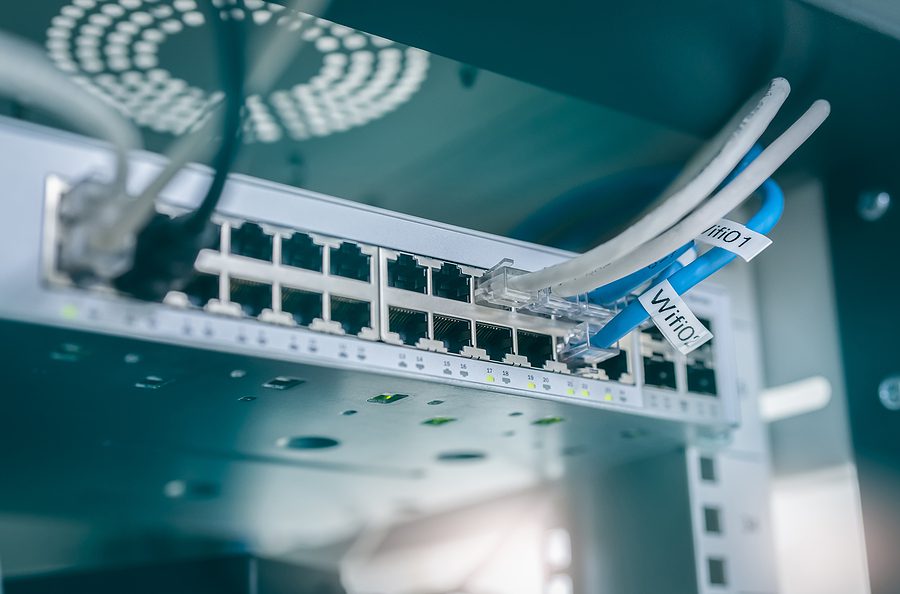
Security
This brings me to the last, and arguably the most important advantage: security.
Wireless networks aren’t very safe. Even when corporations, government organizations, and schools pay exorbitant prices to secure their wireless networks, they still get hacked.
The average business’s network security pales in comparison to that of those institutions.
The truth is that a reasonably skilled hacker can easily get into your average wireless network using only a laptop and a wireless connection. A wired network, on the other hand, is completely contained. As long as the wi-fi functionality in your modem is turned off, the only way to access your network is with a physical connection
Recap
So, despite wired technology being a thing of the past, structured cabling systems are still essential for any business.
You’ll get more out of your internet service plan, you’ll get more out of your hardware, you’ll save time and money on maintenance and repairs, you’ll be able to integrate future additions more easily, and you’ll be getting all of that while also increasing safety, reliability, and aesthetics.
Ready to Implement Structured Network Cabling in NJ?
Whether you’re looking for robust, automated backup software, or you want to learn more about structured cabling, Jaydien Network Solutions is here to help! If you need assistance or have general questions you need answered, contact our team today!
We have the tech know-how you need to take your work to the next level! Whether you’re looking for wireless solutions or setting up a business phone system, we have the tools and expertise to help you get started! Reach out today and let us make IT work for you
Other Services We Offer
. 





Need immediate help? Click here to speak to a technician now!
